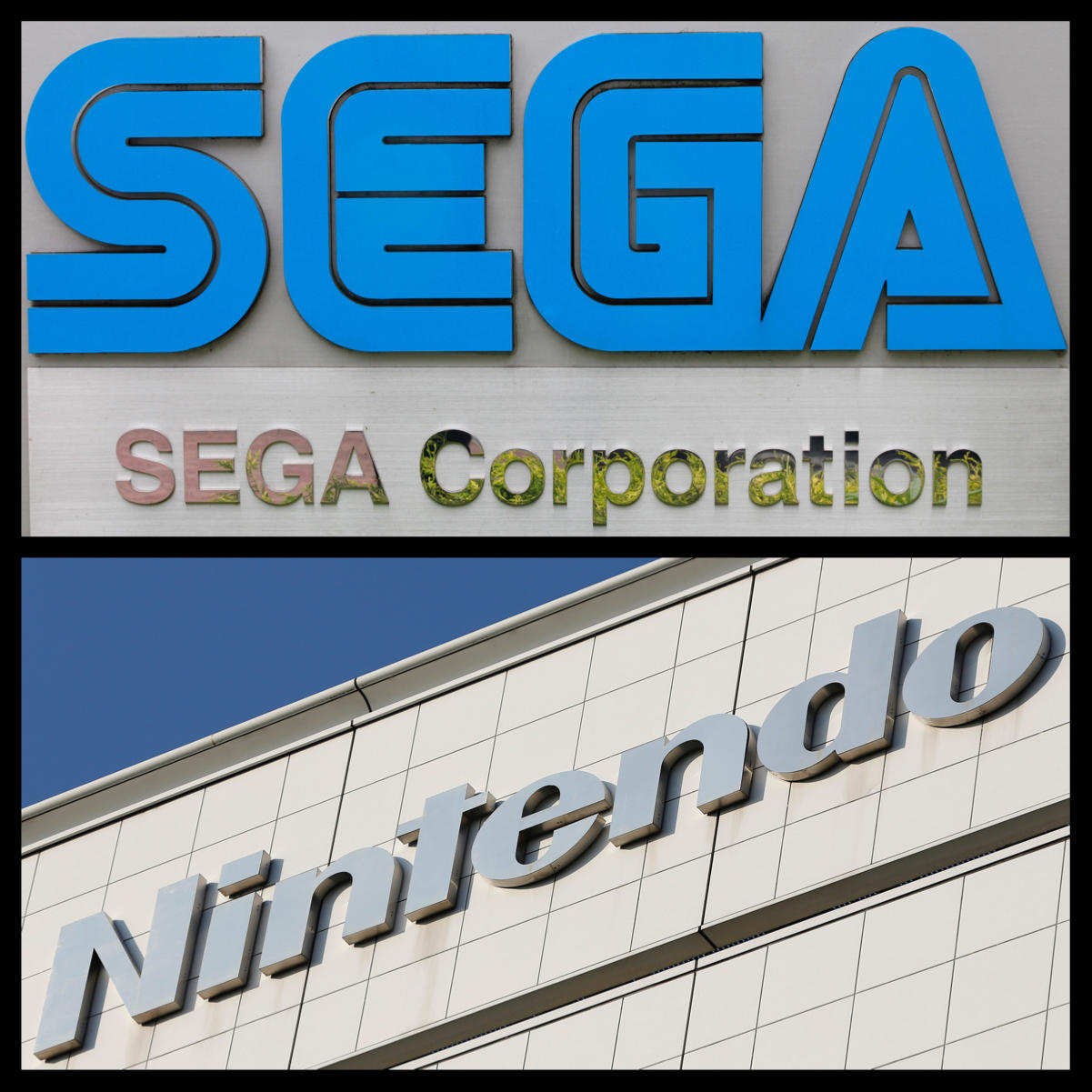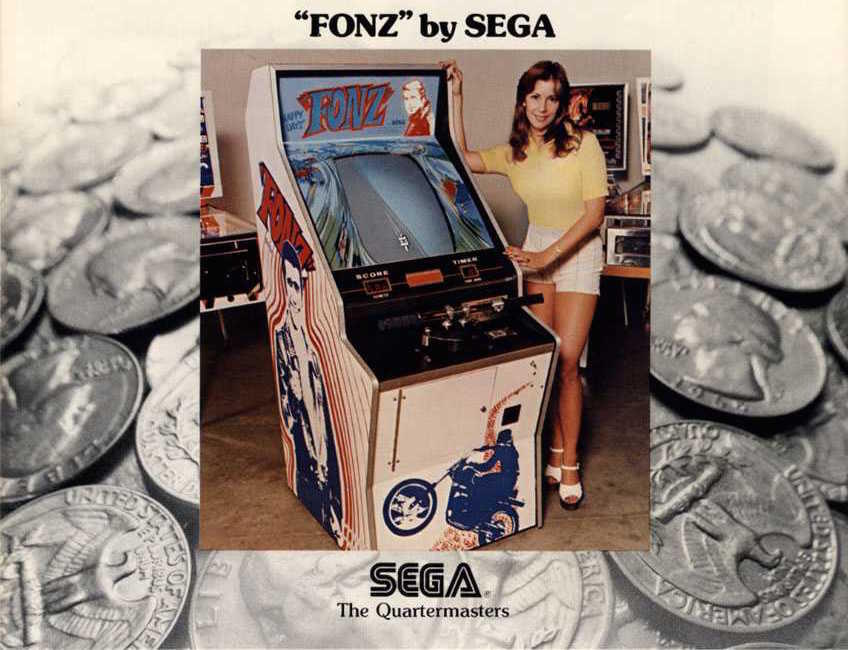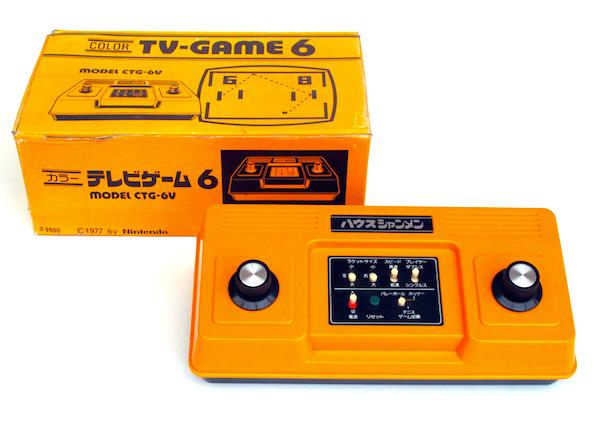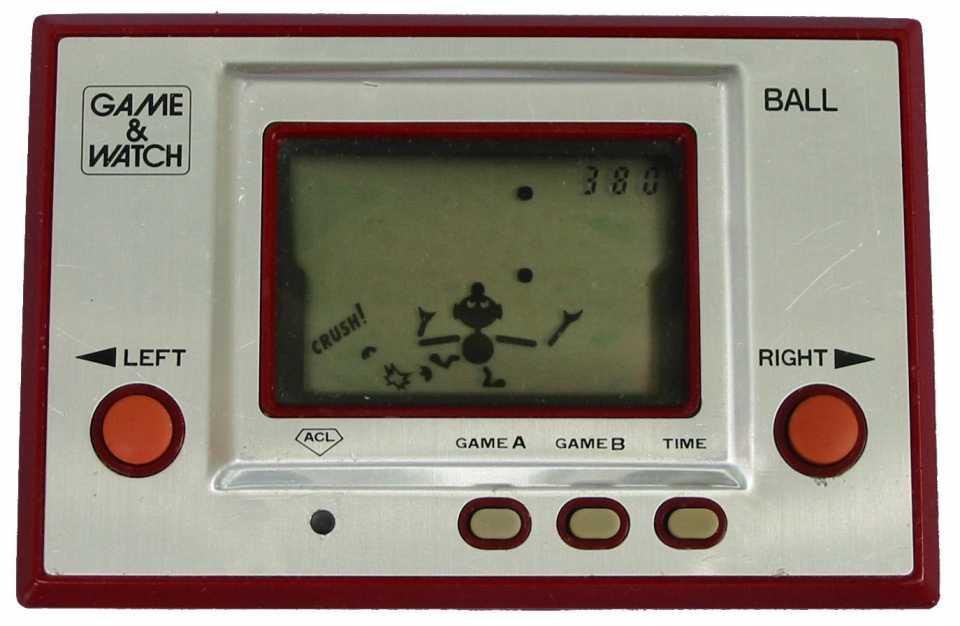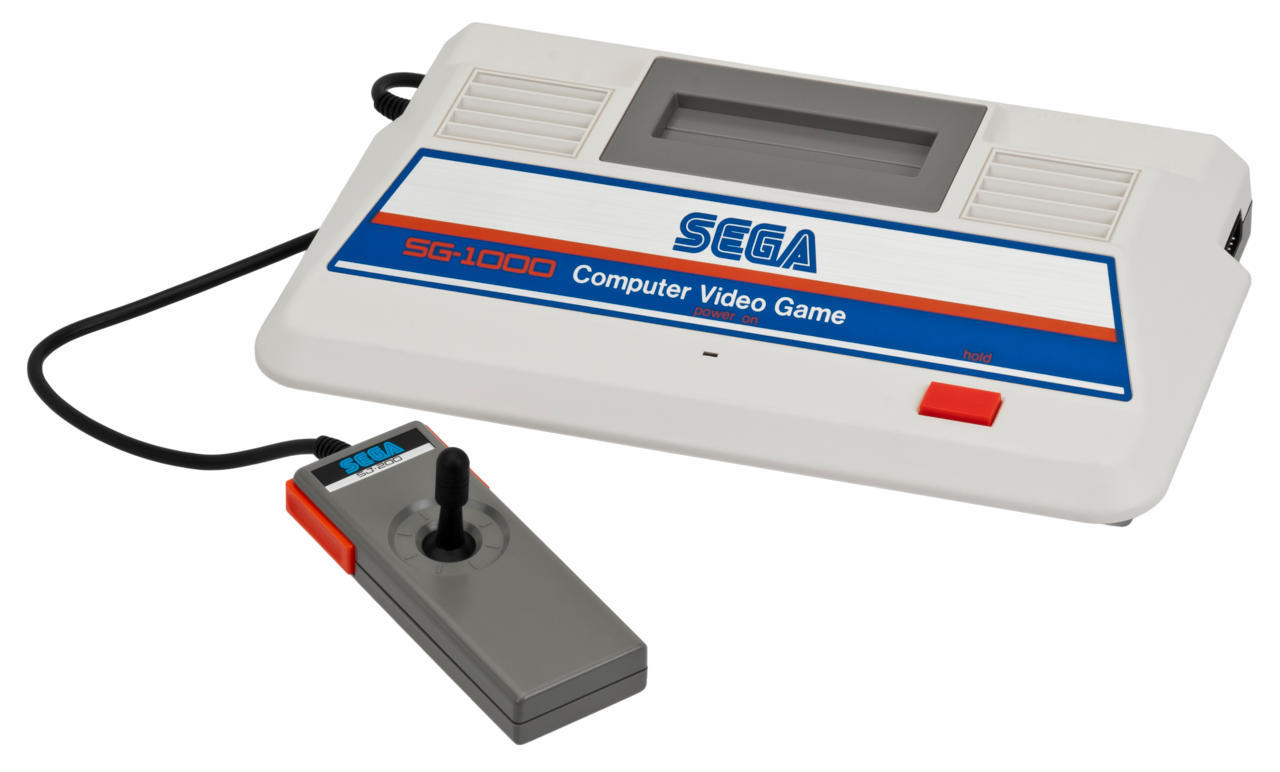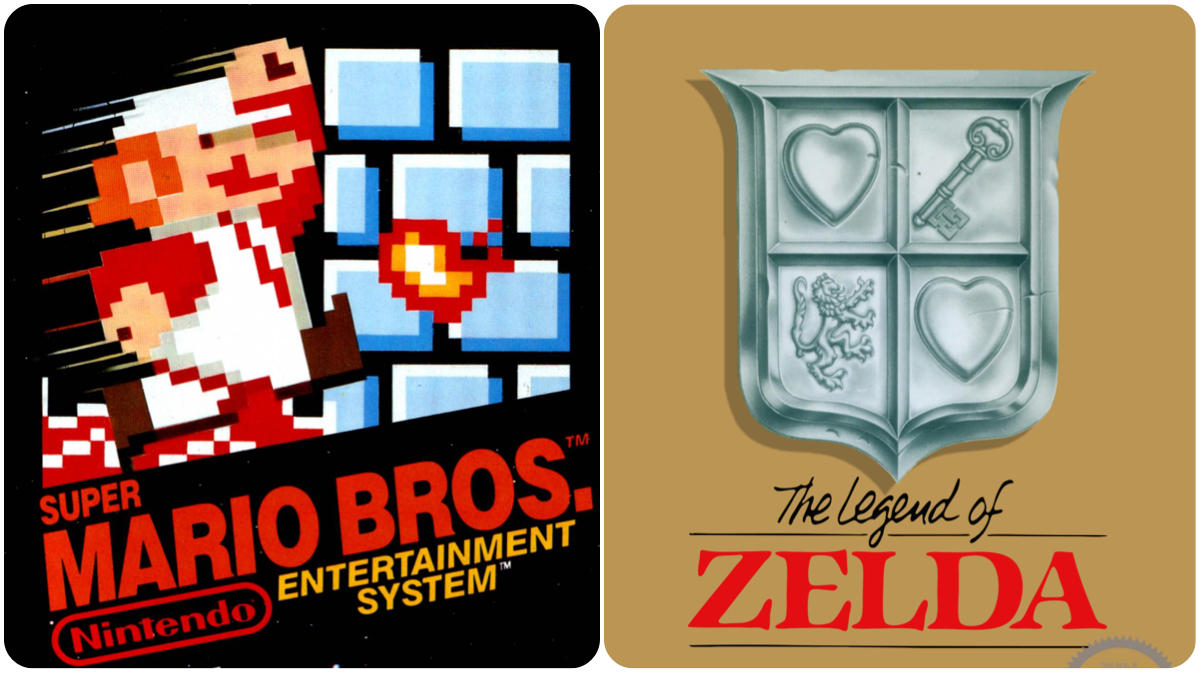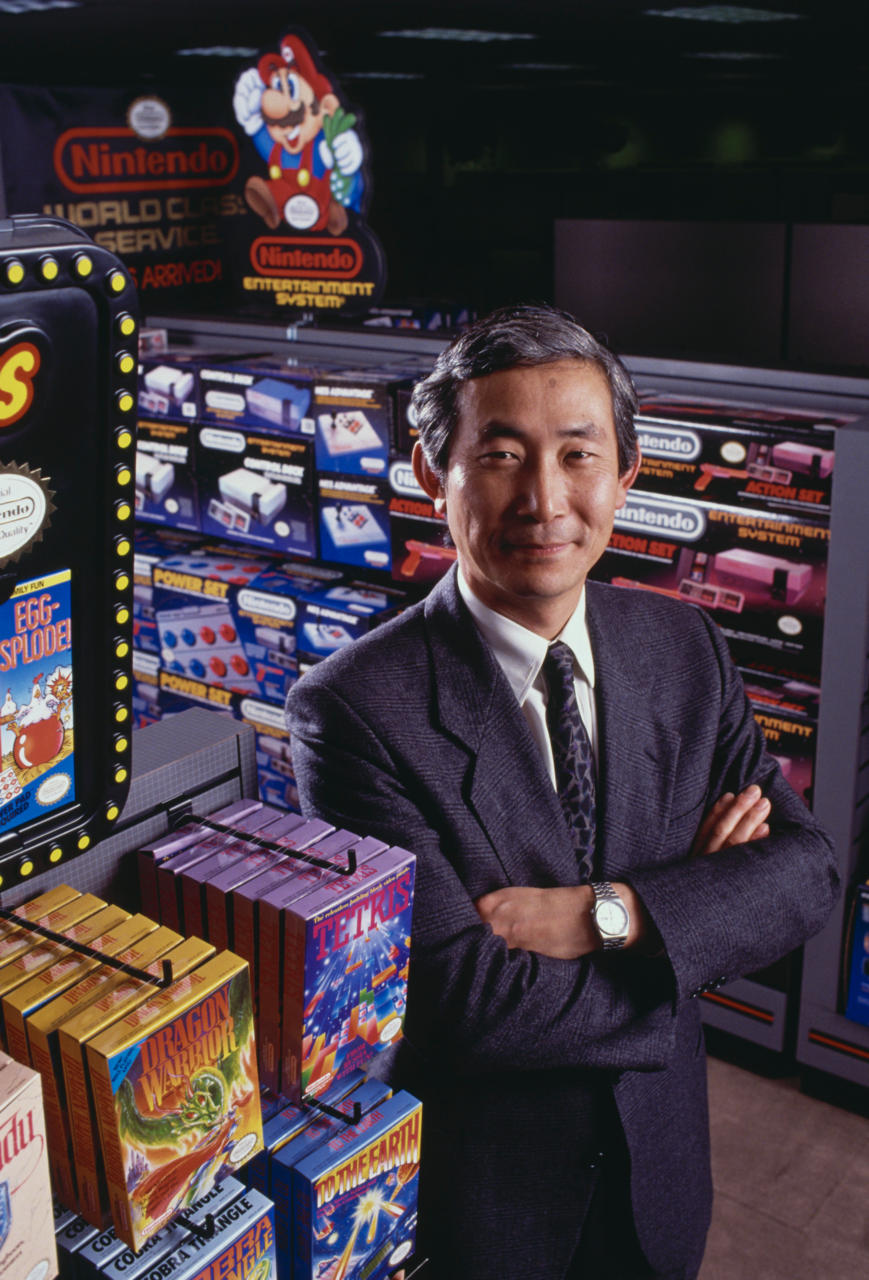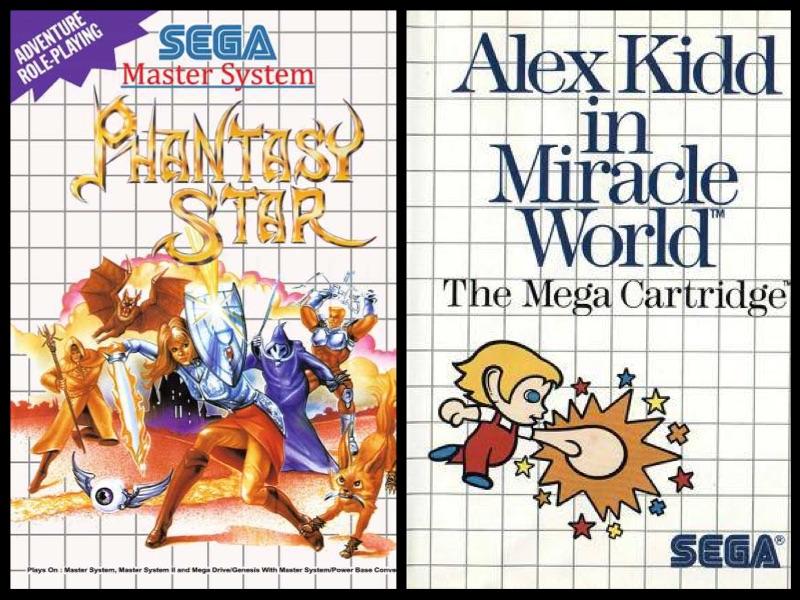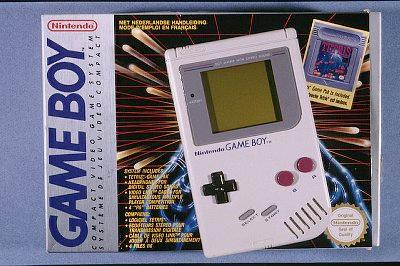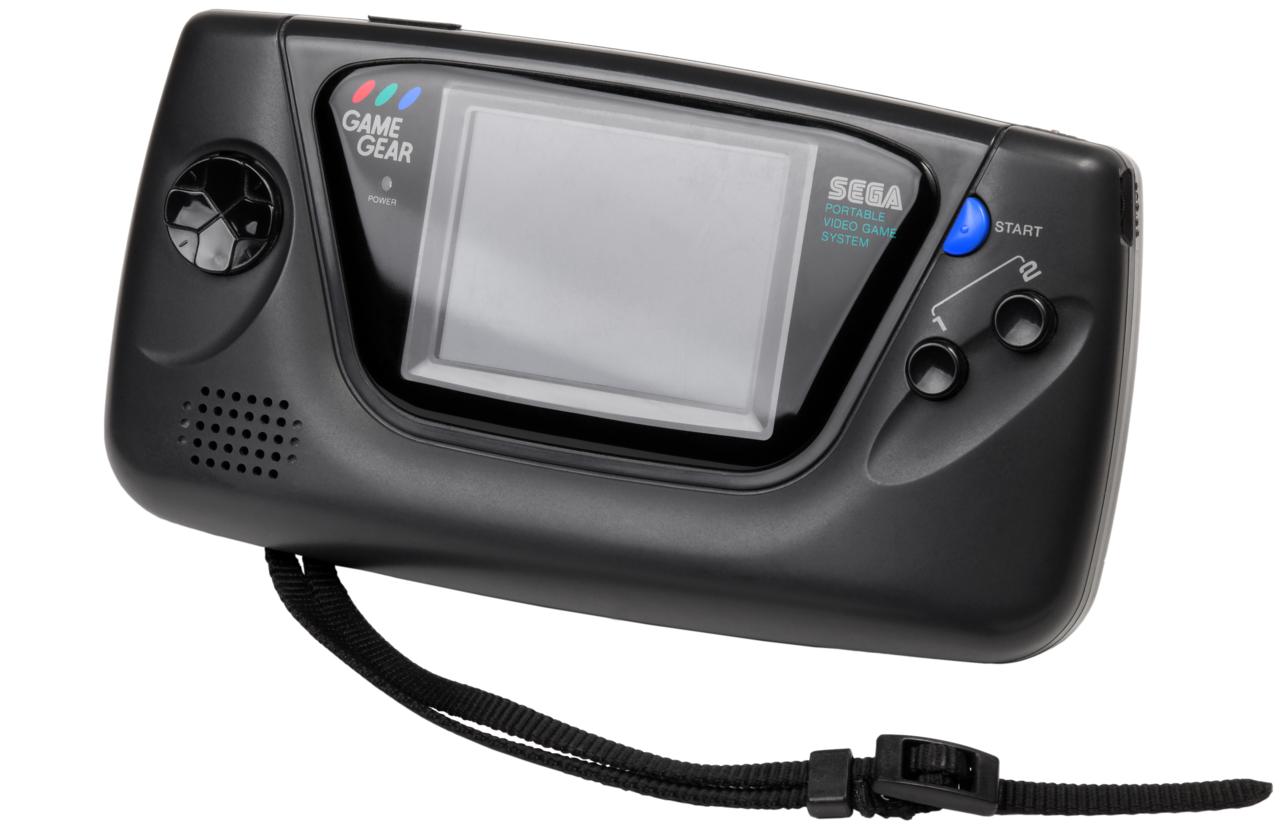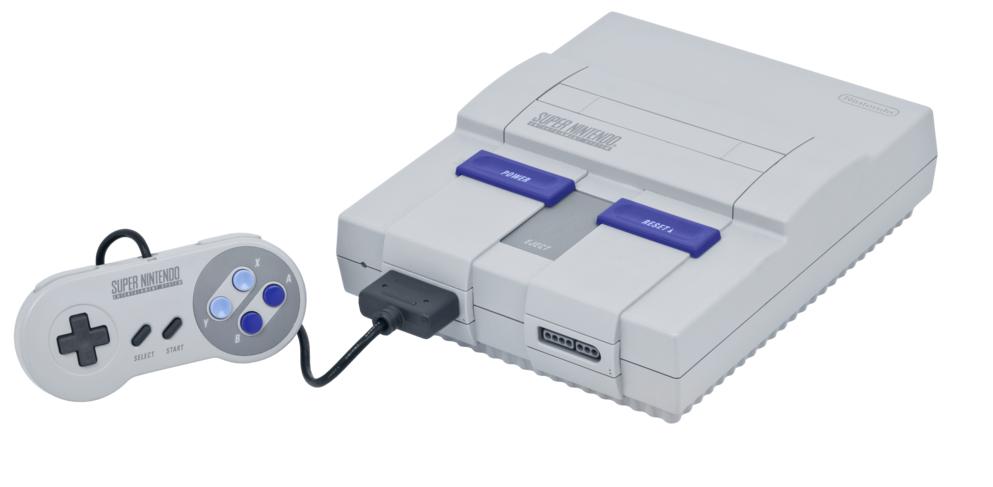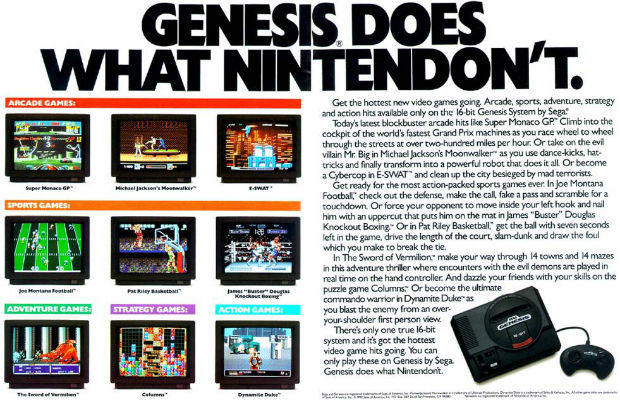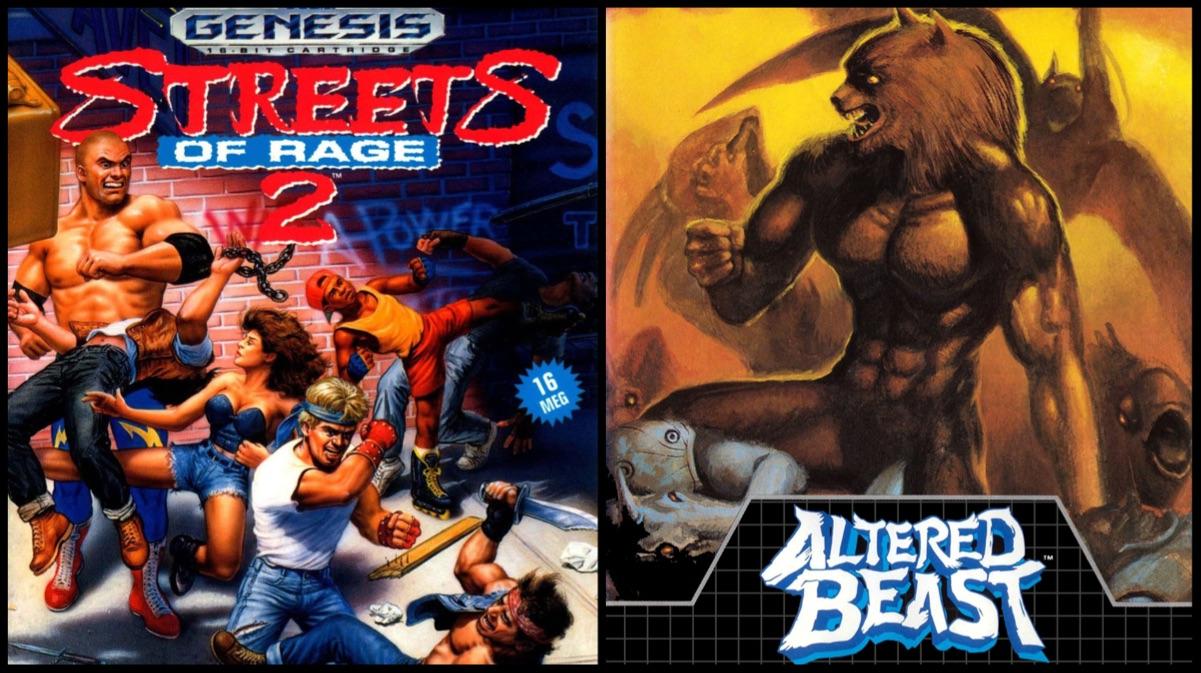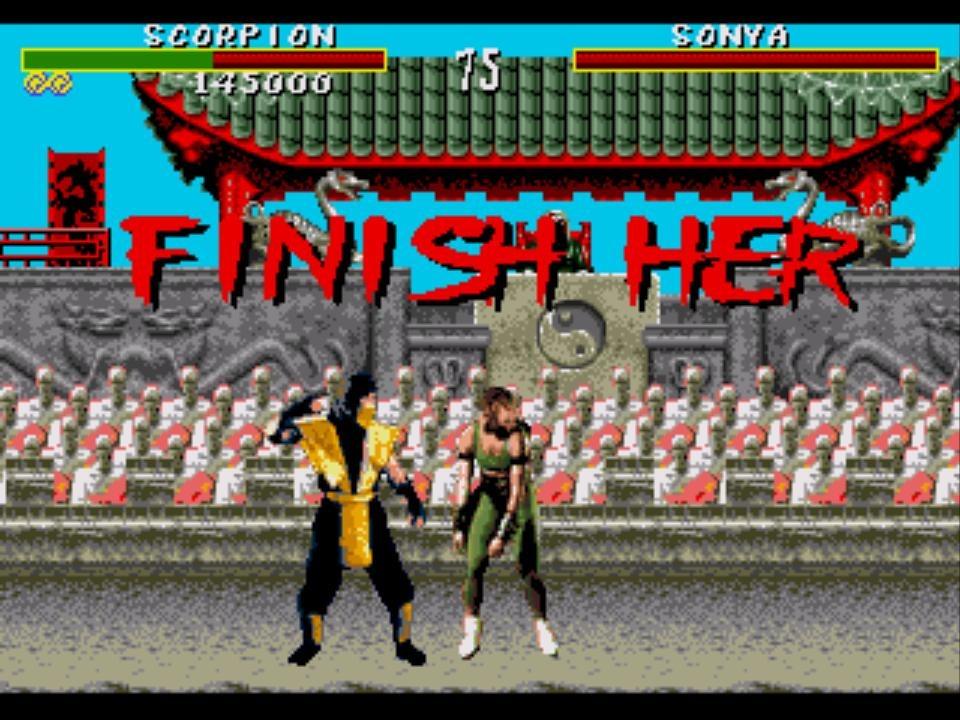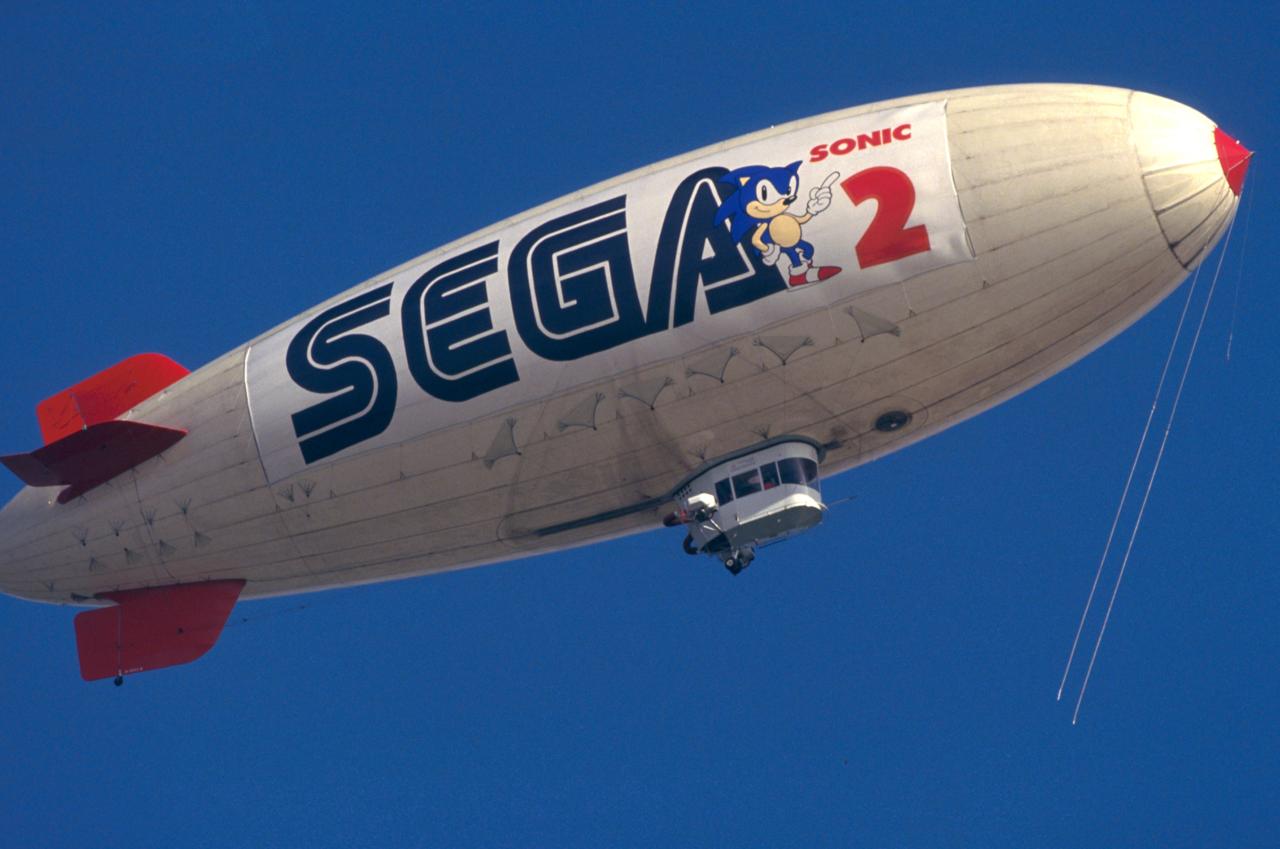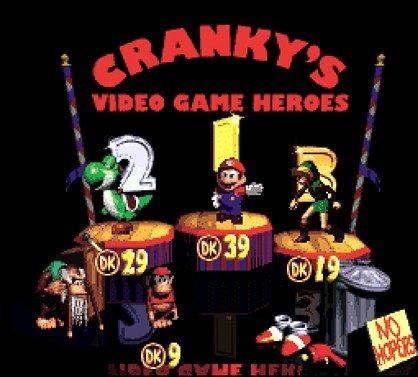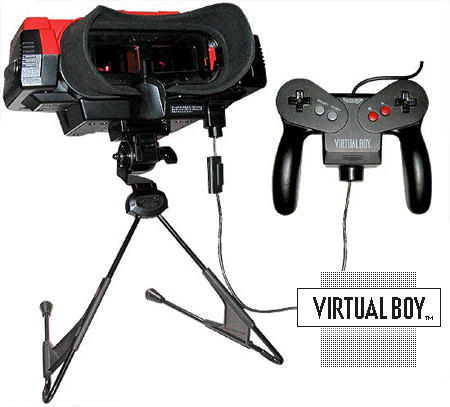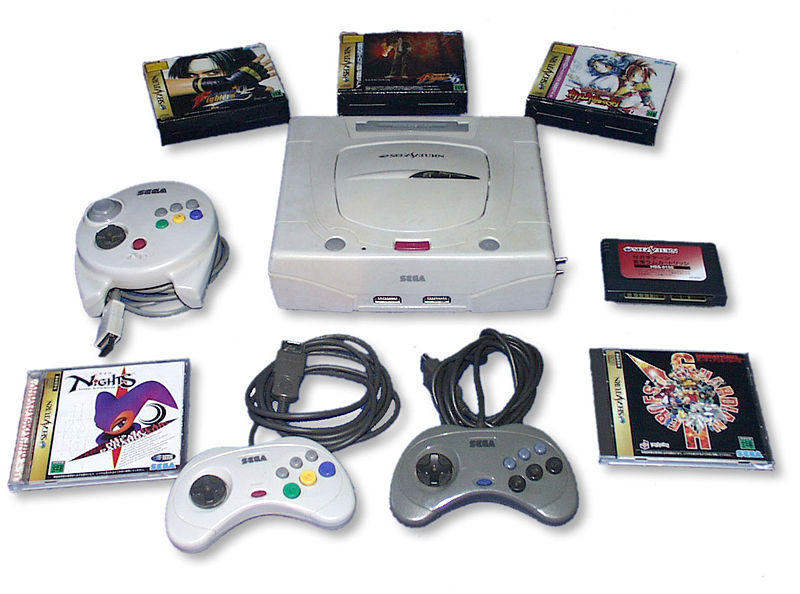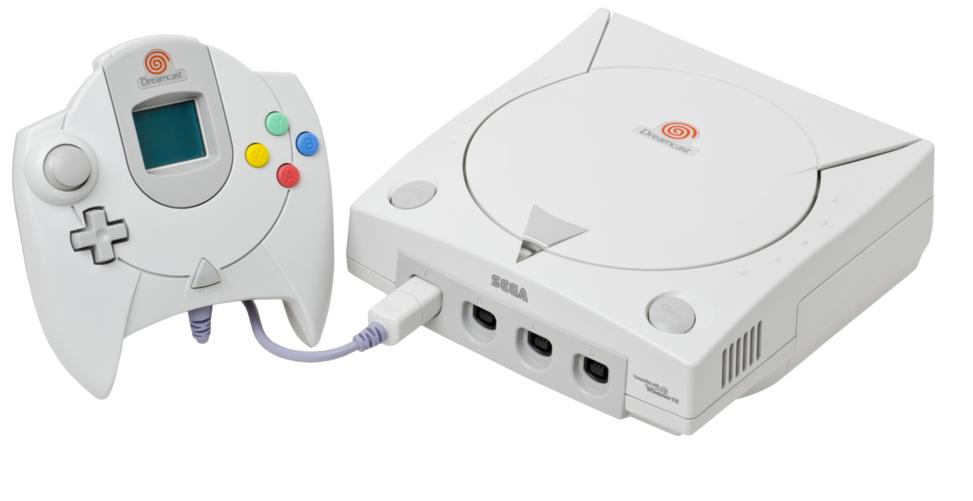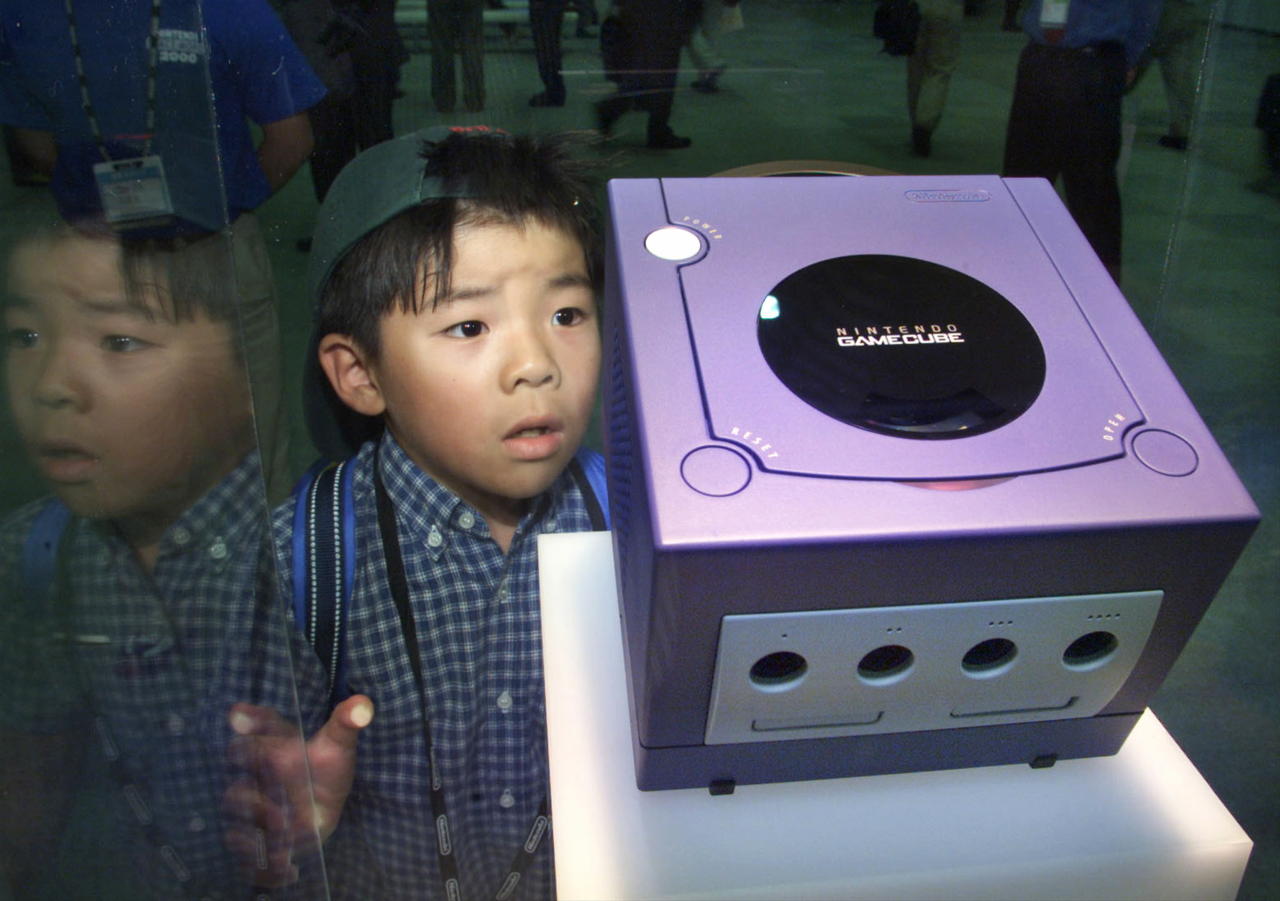Sega vs. Nintendo: A History of the Epic Video Game Rivalry
GameSpot may receive revenue from affiliate and advertising partnerships for sharing this content and from purchases through links.
The Battle Begins
Nintendo launched in 1889 as a Japanese playing card manufacturer, while Sega had its roots in 1940 as a Hawaii-based jukebox and slot machine distributor. Neither company foresaw it at the time, but the two would ultimately grow into giant entertainment corporations, sparking an intense rivalry that would define video games and pop culture for decades.
Sega's Opening Salvo: Periscope
After the fledgling Hawaiian company Service Games joined forces with an entrepreneur in Tokyo, the duo rebranded themselves as Sega. Sega achieved its first big hit in interactive entertainment with a submarine simulator game called Periscope. The electro-mechanical game was a success across Europe and the US in 1966.
Fonzie Puts the "Aaaaay" in Sega
Sega became a huge name in the video game arcade boom of the 1970s. One of the company's more popular games was Fonz, a Happy Days rebranding of the motorcycle racing game Moto-Cross. By the end of the 70s, Sega had already achieved annual sales of $100 million.
Nintendo Tests the Home Game Market
Nintendo initially struggled to compete in an arcade scene dominated by Sega's machines and Taito's Space Invaders. But Nintendo did make an early attempt at a Japanese home console, the "Color TV-Game" in 1977. It was essentially a variation on Pong, and it became popular enough to sell 3 million units.
Nintendo's Game & Watch
After a modest success with the Color TV-Game, Nintendo tried its hand at a portable electronic game with an LCD screen in 1980. You'll probably recognize the hero Mr. Game & Watch from the Smash Bros. series. The Game & Watch became a phenomenon, with Nintendo selling more than 43 million units worldwide.
Nintendo Struggles With Arcade Games ... Until Donkey Kong
Nintendo had made some attempts to enter the arcade market in the seventies, but nothing really caught on for them until the revolutionary Donkey Kong in 1981, designed by young company artist Shigeru Miyamoto.
Sega Creates a Home Console
By 1983, the arcade market suffered a downturn, prompting Sega to branch out with its first home console, the SG-1000. It only sold 2 million units in Japan, but it did offer some notable games. Giri's Garden would be first title created by Yuji Naka, who would later design Sonic the Hedgehog.
Nintendo Overshadows Sega With the Famicom's Debut
Sega launched its SG-1000 in 1983. But unfortunately for the company, Nintendo released its own product on the same day: the Famicom, its most successful offering to date. In its first year, the home console featured games like Popeye, Donkey Kong, and Baseball, all of which dominated home software sales in Japan.
Nintendo Revives the American Game Market With the NES
In 1985, the US game industry was in shambles. Atari had driven the market to over-saturation, spurring bankruptcies and general public apathy. But then Nintendo introduced the Famicom to the West as the "Nintendo Entertainment System," with careful branding that positioned the machine as a control deck instead of a video game console.
Nintendo Ushers in the Era of Blockbuster Home Console Hits
With its uniquely creative games, Nintendo quickly gained a foothold in the US. Super Mario Bros. and The Legend of Zelda went on to sell a total of 46 million copies combined, boosting the success of Nintendo's NES.
Nintendo of America Celebrates its Success
Above, the president and founder of Nintendo of America, Minoru Arakawa, stands next to a row of popular NES Games. Super Mario Bros. 3 became Nintendo's bestselling stand-alone game, selling 18 million copies, ultimately pushing its 8-bit system to 61 million units sold worldwide. Many credit Nintendo's success with reviving the video game industry in the mid-80s.
Sega Releases the 8-bit Master System
After dominating arcade sales, the tables turned on Sega in the home market. Sega released an 8-bit Master System for the U.S. market in 1986, but Nintendo's stranglehold proved tough to beat. The Master System was still a modest success for Sega, though, eventually selling 13 million units worldwide.
Sega's Standout Software Struggles for Attention
The Sega Master System had a hard time achieving the same attention as the NES, but its software library still excelled at delivering artistic experiences. Alex Kidd, Sega's answer to Mario, starred in a complex adventure, and Phantasy Star went on to become one of the most respected RPG series of all time.
Nintendo Starts the Handheld War
Seeking to replicate the portable success of Game & Watch, Nintendo introduced the black and white handheld Game Boy on July 31st of 1989. Propelled by the popularity of the packed-in game Tetris, the Game Boy sold a staggering 118 million units worldwide.
Sega Genesis Enters The 16-Bit Race First
While Nintendo was busy launching the Game Boy, Sega began a foray into the next generation of home consoles. The tech in Sega's 16-bit Genesis was a significant step up from both the Master System and the NES. Its early launch was a smart move that gave Sega a home-field advantage in the coming 16-bit war.
Sonic The Hedgehog Spins Circles Around the Competition
After two decades of making games, Sega had yet to create a pop culture icon a la Mario. That all changed when Sega designer Yuji Naka helped create Sonic the Hedgehog in 1991. The Genesis game was blisteringly fast, like nothing that had come before. He made the 8-bit Mario seem antiquated by comparison.
Sega Battles the Game Boy
As Sega gained confidence, the company entered into direct competition with Nintendo's Game Boy by releasing its own handheld device in April 1991: the Game Gear. The Game Gear had a backlit color screen and was significantly more advanced than the Game Boy, but the system's short battery life and small game catalog weakened its appeal. It ultimately sold 11 million units.
Nintendo Counters Sega With the Super NES
Two years after the Sega Genesis was released, Nintendo finally released its 16-bit system: Super NES. Early titles like F-Zero and Pilotwings showed off an impressive range of colors and flashy visuals.
Miyamoto Demonstrates Super Mario World
The premier showcase for the Super NES was the next installment in Nintendo's popular Mario series, Super Mario World. It was a critical success and sold 20 million copies (largely as a pack-in title with the system). But the Nintendo mascot also faced serious opposition for the first time. Sega's Sonic the Hedgehog had already begun to mark his territory.
Shots Fired as Sega Delivers an Aggressive Ad Campaign
Because Sega had launched the Sega Genesis so early, it had a robust catalog of quality action and sports games to counter the Super Nintendo's fledgling library. Sega capitalized on this with a snarky ad campaign brashly mocking Nintendo for being behind the times. The ads cemented Sega's reputation as the "cooler" company.
Sega Cultivates a Violent Edge
Action titles like Streets of Rage, Golden Axe and Altered Beast showed off Sega's edgier side. Nintendo's Super NES certainly had similar games, such as Final Fight, but only Sega integrated the violent content into its brand. Sega successfully positioned itself as the sophisticated alternative to Nintendo's lighthearted fare.
Super Mario Kart Gives Nintendo a Boost
As the Genesis racked up gritty, high-octane racing titles like Road Rash, Nintendo stuck to its milder, kid-friendly games. On September 1st, 1992, Nintendo released Super Mario Kart, a highly polished racing game featuring its cute mascots. The game went onto become a top-seller, pushing nearly 9 million units.
Genesis Goes for the Jugular
The title that most exemplified the difference between Sega and Nintendo was the brutal fighting game Mortal Kombat. Violence in video games had grown into a controversial topic, and Nintendo would only allow Mortal Kombat on its system with the blood effects censored into harmless grey sweat. The Genesis version contained a "blood code" that allowed players to perform all the gruesome fatalities from the arcade game.
Sonic 2 Launches Around the World
As the battle between the two game companies intensified, Sega initiated an unprecedented $10 million ad campaign to launch Sonic the Hedgehog 2. Sonic 2 released on Tuesday, November 21, 1992, branded as "Sonic 2sday." It was one of the first games to receive a worldwide simultaneous launch, and went on to sell more than 6 million copies.
Donkey Kong Country Barrel-Rolls the Competition
For a while, it seemed the Sega Genesis had taken the lead between the two 16-bit systems. But Nintendo delivered a late knockout punch with Donkey Kong Country, far surpassing the spectacular sales of Sonic 2 and Sonic 3. Donkey Kong Country 2 even took a swipe at Sega by including a picture of Sonic's iconic running shoes near a trash can.
So Who Won the 16-Bit War?
The "winner" of the intense battle depends on your criteria, because both the Sega Genesis and the Super Nintendo have incredibly diverse libraries that contributed significantly to games as an art form. But in strict sales terms, the Super NES gets the edge, with 49.10 million consoles sold, versus an estimated 40 million for the Genesis.
Sega Unleashes an Avalanche of Add-Ons
Sometimes history doesn't repeat itself. Releasing new technology early helped Sega gain the 16-bit advantage. But fresher advancements, such as the Sega CD and 32X add-ons, failed to capture much attention and only served to fragment Sega's audience.
The Nintendo Virtual Boy Lands With a Thud
Nintendo wasn't without its own high-profile flops. In 1995, the company released the Virtual Boy, a 3D game console with red and black graphics that induced headaches and eyestrain in most players. It became Nintendo's biggest commercial failure, selling only 770,000 units worldwide.
The Sega Saturn Fumbles Out of the Gate
Sega continued to flounder after the back-to-back failures of the Sega CD and 32X. In a surprise E3 announcement in 1995 that caught even its own employees off-guard, Sega declared that its new console was available immediately on store shelves. The distribution of the Sega Saturn went poorly, angering retailers who were unprepared.
Sega Continues to Innovate With Stellar Software
While the Sega Saturn faced a bumpy road at retail, Sega continued to deliver on the software front with technology-pushing games such as the whimsical NiGHTS into Dreams, as well as an excellent arcade port of Virtua Fighter 2. Without a new Sonic game to push sales, though, the Saturn stagnated at 9 million units sold worldwide.
Nintendo Charts Its Own Path With the Nintendo 64
With CD-ROMs quickly becoming the prominent data storage medium, Nintendo made a surprise move: Sticking with the more expensive cartridge format for its next system, the Nintendo 64, in 1996. Third-party developers largely preferred the CD format. The result? Fewer games for the Nintendo 64.
Super Mario 64 Revolutionizes 3D Games
Nintendo 64 didn't light sales on fire, but the company's ingenuity in software design was still unparalleled. Super Mario 64, the first Mario game using a 3D perspective, is often cited as one of the greatest games ever made.
A New Challenger Appears
A lot of critics attribute Sega's downfall to its disorganized console strategy in the mid-90s. But when the Sony PlayStation entered the console market in September of 1995, it was a complete wrecking ball, demolishing previous sales records. With huge hits like Final Fantasy VII and Gran Turismo, the PlayStation sold 102 million units worldwide, more than double the total of the Nintendo 64 and Sega Saturn combined.
Sega Launches Its Final Console
Sega had always been a more daring company compared with the competition. With Sega's final console, the Dreamcast, the company continued to innovate, even if it meant rushing to market in 1999. The Dreamcast was the first console of the sixth generation, and it featured a built-in modem for online play, a unique VMU controller display, and an excellent, if small, game library.
Sega Announces Its Withdrawal From the Console Race
After achieving unsatisfying sales with the Dreamcast, Sega COO Hideki Sato announced in January of 2001 that his company would cease production of the system and exit the console market. With only 10.6 million units sold, Sega had simply suffered too many financial losses to continue.
Nintendo Holds on to Hope With the GameCube
In many ways, Sega bowing out of the console race gave Nintendo just enough room to compete against Sony's Playstation 2 and Microsoft's new Xbox console. In November of 2001, Nintendo introduced the GameCube, which went on to sell 21.74 million units worldwide. It was enough to keep the company above water ... until the unprecedented success of the Wii many years later.
A Sign of the Times as an Era Concludes
In 2002, Sonic Advance became the first Sega game developed for a Nintendo system. It's a development many gamers never thought they would see. Sega lost the hardware battle to Nintendo, but Sega's legacy lives on through an extensive software library that pushed the medium to its creative limits.
